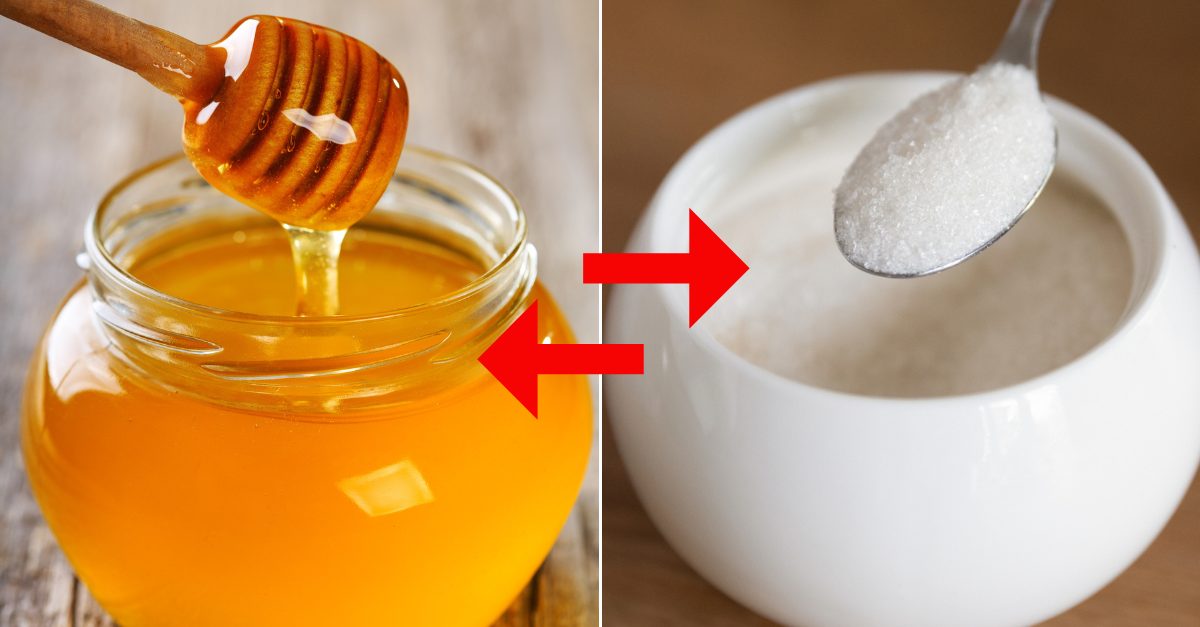An In-depth Look At The Disadvantages And Risks Of Consuming Honey and Sugar
Honey and sugar are two of the most commonly used sweeteners. Honey is often regarded as the more healthful option but is this really the case? Honey and sugar are both carbohydrates, consisting of the two types of sugar: glucose and fructose. Both fructose and glucose are broken down quickly by the body and can cause spikes in blood sugar levels.
;Resize,width=742;)
The proportions of glucose and fructose in honey and sugar are different:
- Sugar is 50 percent fructose and 50 percent glucose
- Honey contains 40 percent fructose and 30 percent glucose
- The remainder of honey consists of water, pollen, and minerals, including magnesium and potassium. These additional components may be responsible for some of the health benefits of honey.
Also, Sugar is higher on the glycemic index (GI) than honey, meaning it raises blood sugar levels more quickly. This is due to its higher fructose content and the absence of trace minerals.
But honey has slightly more calories than sugar, although it is sweeter, so less may be required, and both sweeteners can lead to weight gain if overused.
Disadvantages and Risks of Honey

Some of the most common disadvantages and risks associated with honey include:
1. High-calorie count
One tablespoon of honey contains 64 calories, which is higher than that of sugar at 49 calories per tablespoon.
2. Risk of infant botulism
It is not safe to give honey to infants younger than 12 months. Honey’s bacterial spores can cause infant botulism, a rare but potentially life-threatening disease. The spores that cause botulism in infants are harmless in older children and adults. Symptoms of infant botulism include constipation, generalized weakness, and a weak cry.
3. Impact on blood sugar and risk of illness.
Honey has similar effects as sugar on blood glucose levels. This is especially problematic for people with diabetes and insulin resistance. Too much honey can lead to blood sugar issues in healthy people too, increasing the risk of weight gain, type 2 diabetes, and heart diseases.
Disadvantages and Risks of Sugar

There are some disadvantages and risks associated with sugar consumption.
1. Higher on the glycemic index than honey
Sugar can spike blood glucose levels faster than honey. This leads to a quick spurt of energy, followed by a sharp decline characterized by tiredness, headaches, and difficulty concentrating.
2. Increased risk of heart disease and type 2 diabetes
Weight gain and obesity are associated with high sugar consumption, increasing the risk of illness.
3. More problems for the liver
Since the liver must metabolize refined fructose, issues relating to liver function may occur with high sugar intake. These include nonalcoholic fatty liver disease (NAFLD), cholesterol management, and obesity.
4. Cavities
Dental caries or cavities develop faster and in more teeth with a high sugar diet. This is true for everyone. Sugar should be avoided to reduce the risk of cavities.
5. Changes in gut bacteria
A high sugar diet is associated with less healthy and gut bacteria diversity. It may also increase the risk of chronic diseases.
6. Lastly, more difficult to digest than honey
As previously said, sugar does not contain the enzymes that honey does, so is more difficult to digest.
;Resize,width=767;)
;Resize,width=712;)
;Resize,width=712;)

